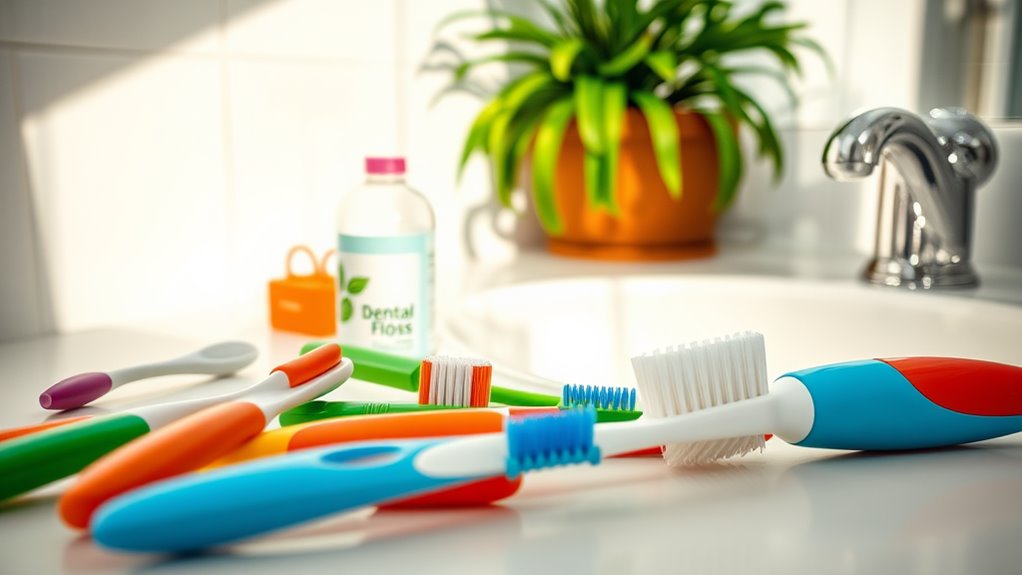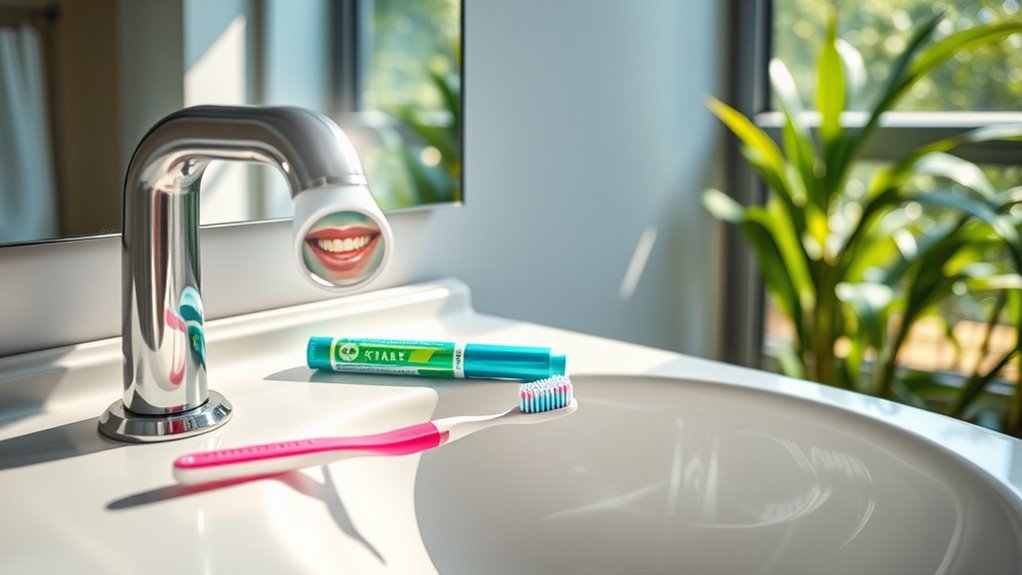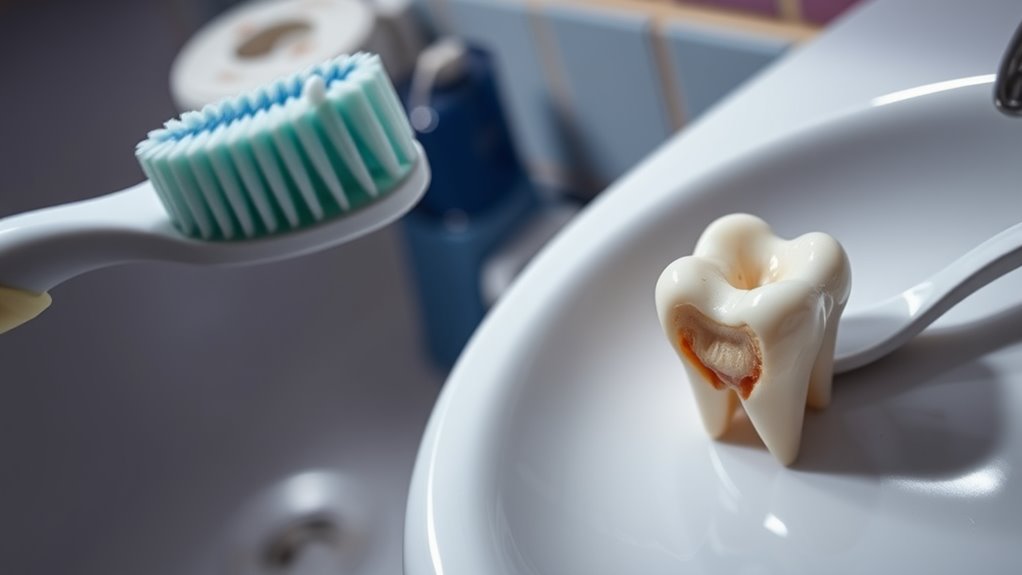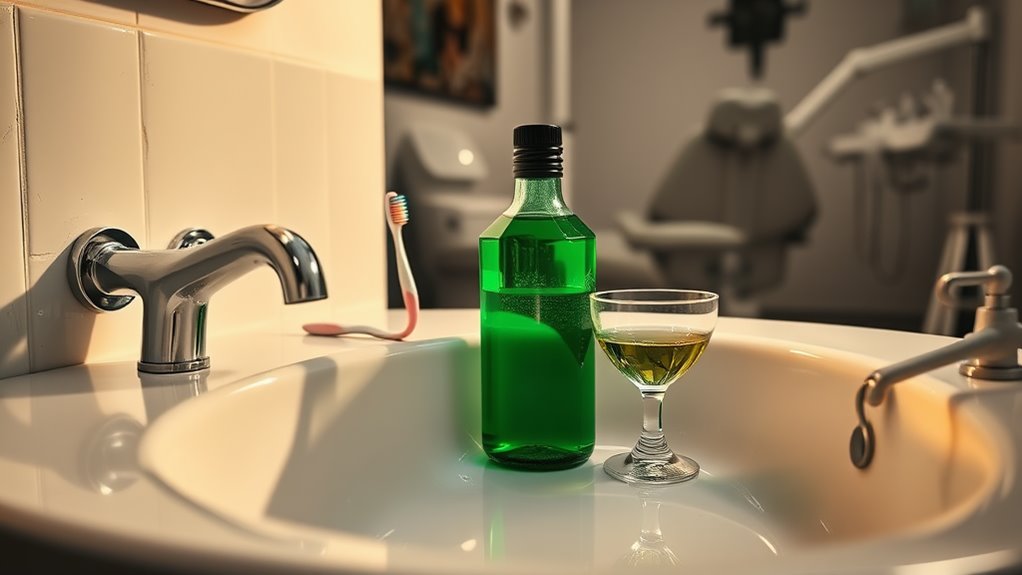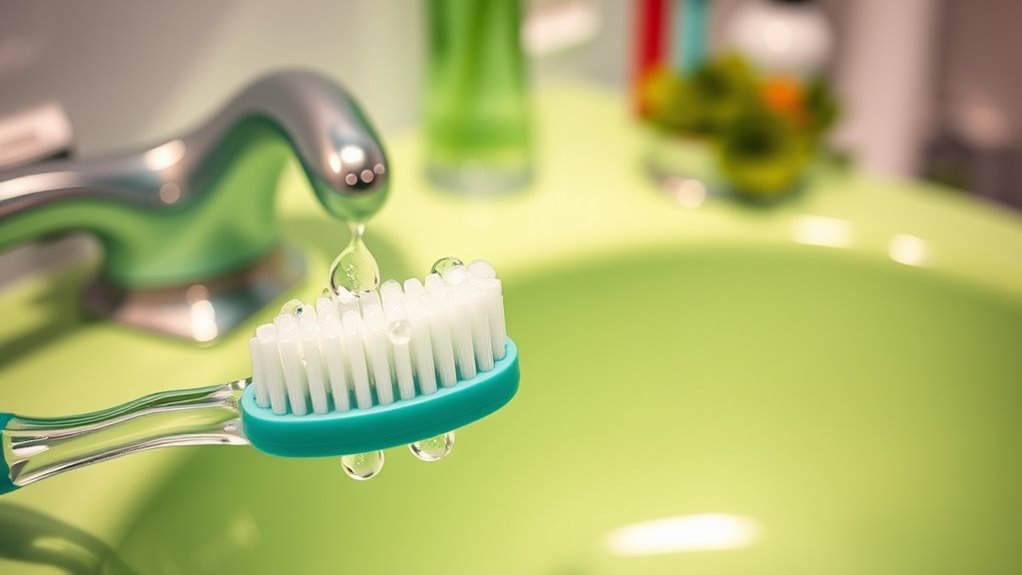10 Oral Hygiene Mistakes You’re Probably Making (and How to Fix Them!)
Key Takeaways
- Skipping regular dental checkups can lead to undetected issues; prioritize visits for early detection and prevention of costly problems.
- Not brushing for the recommended two minutes can leave plaque; divide your mouth into sections and spend 30 seconds on each.
- Failing to replace your toothbrush every three to four months may reduce cleaning effectiveness; check for frayed bristles as a sign to replace.
- Overusing mouthwash can disrupt your mouth’s natural balance; limit use to once or twice daily and opt for alcohol-free options.
- Neglecting to clean your tongue may contribute to bad breath; incorporate tongue scraping or brushing into your routine for better oral health.
Skipping Regular Dental Checkups
Although you may feel fine, skipping regular dental checkups can have serious consequences for your oral health.
Neglecting these visits often leads to undetected issues like cavities or gum disease, which can escalate over time. Many individuals underestimate the value of professional cleanings in maintaining oral hygiene. Regular dental checkups help in the early detection of early signs of decay, preventing larger, more costly oral hygiene mistakes.
Don’t make the mistake of postponing checkups; prioritize them to prevent larger, more costly oral hygiene mistakes.
Not Brushing for the Right Amount of Time
Most people underestimate the importance of brushing their teeth for the right amount of time, which should be at least two minutes.
To guarantee you’re brushing effectively, remember to:
- Divide your mouth into four sections and spend 30 seconds on each.
- Focus on all surfaces: front, back, and chewing.
- Use a timer or a song to keep track of time.
Proper timing promotes better oral health! Additionally, incorporating regular flossing practices can further enhance your oral hygiene by removing plaque and reducing gum disease risk.
Using the Wrong Toothbrush
Choosing the right toothbrush is essential for maintaining perfect oral hygiene.
Opt for a soft-bristled toothbrush that effectively removes plaque without damaging your gums. The size of the brush head matters too; it should comfortably fit your mouth, allowing you to reach all areas.
Regularly replace your toothbrush every three to four months to guarantee maximum cleaning and effectiveness. Additionally, be mindful that waiting 30 to 60 minutes after eating before brushing helps protect your enamel from damage.
Brushing Too Hard
Brushing too hard can lead to significant damage to your tooth enamel, increasing the risk of cavities and sensitivity.
Additionally, aggressive brushing may cause your gums to recede, exposing the roots of your teeth and leading to further dental issues.
It’s essential to adopt a gentler technique to maintain ideal oral health. Signs of aggressive brushing include frayed bristles and increased tooth sensitivity.
Damaging Tooth Enamel
While you might think that applying extra pressure when brushing your teeth guarantees a thorough clean, this approach can actually harm your enamel over time.
To protect your enamel, consider these tips:
- Use a soft-bristled toothbrush.
- Brush in gentle, circular motions.
- Limit brushing time to two minutes.
Gums Might Recede
Applying excessive pressure when cleaning your teeth can lead to more than just enamel erosion; it can cause your gums to recede as well.
Brushing too hard can damage your gum tissue, resulting in sensitivity and increased risk of gum disease.
Use a soft-bristled toothbrush and gentle strokes to maintain healthy gums.
Proper technique is essential for ideal oral health.
Ignoring the Importance of Flossing
Many people overlook flossing, but its frequency plays a vital role in maintaining oral health. Using the correct technique is essential to effectively remove plaque and food particles from between your teeth. Fortunately, if traditional floss isn’t your preference, there are various alternatives available to help you keep your smile healthy. Daily flossing helps prevent serious dental issues like cavities and gum disease, making it an indispensable part of your oral hygiene routine.
Flossing Frequency Matters
How often do you floss your teeth? If it’s less than daily, you’re missing out on essential benefits. Flossing frequency matters for maintaining oral health.
Consider these points:
- Reduces plaque between teeth.
- Prevents gum disease.
- Enhances overall dental hygiene.
Commit to flossing at least once a day to keep your smile healthy and confident.
Proper Flossing Technique
When it comes to flossing, the technique can greatly impact its effectiveness.
Make sure to use about 18 inches of floss, wrapping it around your fingers for control. Glide the floss gently between your teeth, forming a C shape around each tooth.
Don’t forget to reach below the gumline, as this helps remove plaque and food particles often missed by a toothbrush.
Flossing Alternatives Available
There are several effective flossing alternatives that can help maintain your oral health, even if you prefer not to use traditional dental floss.
Consider these options:
-
Interdental Brushes – Great for removing plaque between teeth.
-
Soft Picks – Gentle and easy to use, especially for sensitive gums.
-
Water Flossers – Use pulsating water to clean between teeth effectively.
Explore these methods for a healthier smile!
Rinsing Immediately After Brushing
Rinsing immediately after brushing can undermine your oral hygiene efforts. When you rinse, you wash away the fluoride from your toothpaste, reducing its benefits.
Instead, consider spitting out the excess toothpaste and waiting at least 30 minutes before rinsing. This allows the fluoride to strengthen your enamel effectively, enhancing your overall oral health and providing better protection against cavities. Additionally, waiting at least 30 minutes post-breakfast before brushing can further help prevent enamel damage caused by acidic foods.
Neglecting Your Tongue
How often do you remember to clean your tongue during your oral hygiene routine?
Neglecting your tongue can lead to bad breath and bacteria buildup. To guarantee proper care, follow these steps:
- Use a tongue scraper or your toothbrush daily.
- Rinse your mouth thoroughly after scraping.
- Pay attention to color changes on your tongue.
With these practices, you’ll elevate your oral hygiene game!
Overusing Mouthwash
Despite its reputation as a staple in oral care, overusing mouthwash can actually do more harm than good.
Regular use can disrupt your mouth’s natural balance, leading to dryness and irritation. Furthermore, excessive alcohol-based mouthwashes may damage your oral tissues.
Limit your use to once or twice daily, and choose alcohol-free options whenever possible for a healthier mouth and best hygiene.
Eating or Drinking Immediately After Brushing
Eating or drinking right after brushing can disrupt fluoride absorption, diminishing its effectiveness in protecting your teeth.
It’s essential to allow some time before consuming anything to maximize your oral health benefits.
Adopting proper post-brushing habits can greatly enhance your dental care routine.
Impact on Fluoride Absorption
When you brush your teeth and immediately indulge in food or beverages, you may be compromising the effectiveness of fluoride absorption.
To maximize fluoride’s benefits, consider the following:
- Wait at least 30 minutes after brushing before eating or drinking.
- Avoid acidic foods and beverages which can wash away fluoride.
- Rinse with water or mouthwash sparingly, as it may dilute fluoride’s effects.
Timing and Oral Health
Understanding how timing impacts your oral health can greatly influence the benefits you receive from brushing.
If you eat or drink immediately after brushing, you may wash away fluoride and other protective agents, diminishing their effectiveness.
Ideally, wait at least 30 minutes before consuming anything. This practice helps your teeth absorb fluoride better, ultimately promoting stronger, healthier enamel.
Proper Post-Brushing Habits
Although it might be tempting to dive right into your favorite snacks or beverages after brushing, it’s crucial to give your mouth some time to reap the benefits of oral care.
Waiting a bit helps maintain the fluoride’s protective effects. Here’s what to keep in mind:
- Avoid eating for at least 30 minutes.
- Steer clear of acidic drinks.
- Rinse with water instead.
Failing to Replace Your Toothbrush Regularly
Replacing your toothbrush every three to four months is essential for maintaining ideal oral hygiene. A worn-out brush can harbor bacteria and lose its effectiveness. Here’s a quick reference to help you track your toothbrush replacements:
| Toothbrush Type | Recommended Replacement Interval | Signs of Wear |
|---|---|---|
| Manual Toothbrush | Every 3-4 Months | Frayed bristles |
| Electric Brush | Every 3-4 Months | Worn bristles |
| Kids’ Toothbrush | Every 2-3 Months | Discoloration |
